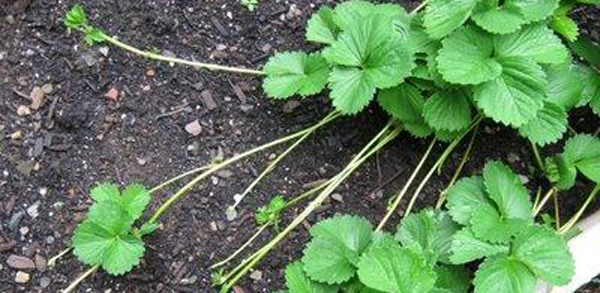A SNAPSHOT OF A NETWORK IN TRANSITION

It’s not hard to argue that the concept of a network is intrinsically compatible with food growing. The runners of a strawberry plant crawl across the surface of a garden bed, setting root and making new plants year after year. Jerusalem artichoke tubers multiply beneath the ground until you’ve got jerusalem artichokes popping up everywhere, and the wind blows the seeds from crops across the garden, letting them take root in delightfully unexpected places: rooftops, between pavement slabs, the compost heap. We know instinctively that ideas and energy move horizontally, organically and unstoppably, so it only made sense for food growers in London to get together in 2010 to share our ideas about community food growing in London. Rooted in the “do it yourself” culture of the food growing and cooperative worlds, this naturally grew into a process of building a network based on the common challenges we faced as food growers in a rapidly changing city.
The Community Food Growers Network came out a sense that we needed a space in which to affirm the political nature of food growing, out of a desire for mutual aid and solidarity between projects, and to give a collective voice to food growers. Skyrocketing land prices meant that several community gardens were closed as the land was bought up for “development”, and increasing rents meant that it became harder for food growers to generate enough income to pay the bills. We expected to be able to learn from each other, to make statements and take action on issues that affected us, and to support projects under threat of closure. What was less expected was the journey from an informal network of food growers into an established network with over 20 members, a collective income of over £5 million on over 24 acres of growing space.
As the Community Food Growers Network grows up, we’re asking ourselves a lot of questions…
How does a network grow up?
Because we grew from the bottom up (rather than being established by an external organisation) we’ve had the challenge (and the joy) of feeling our way into maturity, expanding and contracting as energy levels and capacity dictated (often – but not always – linked to funding).
Do we need systems?
In the early days, a lot of energy, three or four meetings and some external facilitation went into developing our Manifesto and our How We Work process. As with a lot of networks, it was unclear how much energy we needed to put into setting up systems and processes.
We are still unincorporated and channel all of our funding and staffing through a member project. We are discussing whether it makes sense to incorporate, but we also value having systems and processes, without becoming an institution. It is easier to keep the power more firmly in the hands of the members this way, by not creating a whole new organisation that requires infrastructure and maintenance. It also gives more flexibility in what we do and how we operate – and makes it clear that we will only exist for as long as our members deem us useful.

How do we distribute leadership?
As we have taken on an increasing number of staff (we currently have approx 7 funded staff days per week), we’ve developed systems to support and manage staff in line with network-based principles. This process certainly had its growing pains but we feel that we are moving in the right direction. We have a Staff Support Committee made up of representatives from three member projects, each paid one day per month to take on staff support work such as inducting new staff, regular check in meetings with staff members, and offering input on prioritising and focus of staff work.
As we grow, how do we stay member led?
Some of the highest energy levels were at the beginning of the process, when packed rooms discussed issues that were drastically affecting a lot of food growers, community groups and coops. Since we have attracted more funding, we have been able to employ staff and therefore increase the scope and volume of our activities. However, this sometimes comes at the cost of member involvement and engagement. Overworked food growers are relieved to be able to step back and let paid workers do the bulk of the organising, and more specialised activities like lobbying can be difficult for members to engage in with limited capacity. But even as staff hold more “executive power”, we’re doing our best to stay driven by the members. Our strategy days are held at one of our quarterly member gatherings, and the agendas are kept open and flexible so member projects can direct the issues that we focus our energy on.
No matter the size or scope, networks are fertile ground for ideas and action. The Community Food Growers Network is continuing to grow and change in new ways, with a working group dedicated to intervening in the London Local Plan and member projects collaborating to share price lists and crop yield statistics. The next eight years will surely be as eventful and unpredictable as the past eight, as we see what ideas take root and grow in our gardens and our city.
Picture
Natalie Szarek is a founder of Audacious Veg, part of the team at CFGN and a member of our community of practice for the Peer Network Programme.
